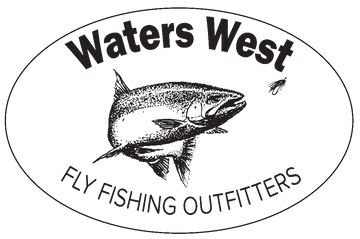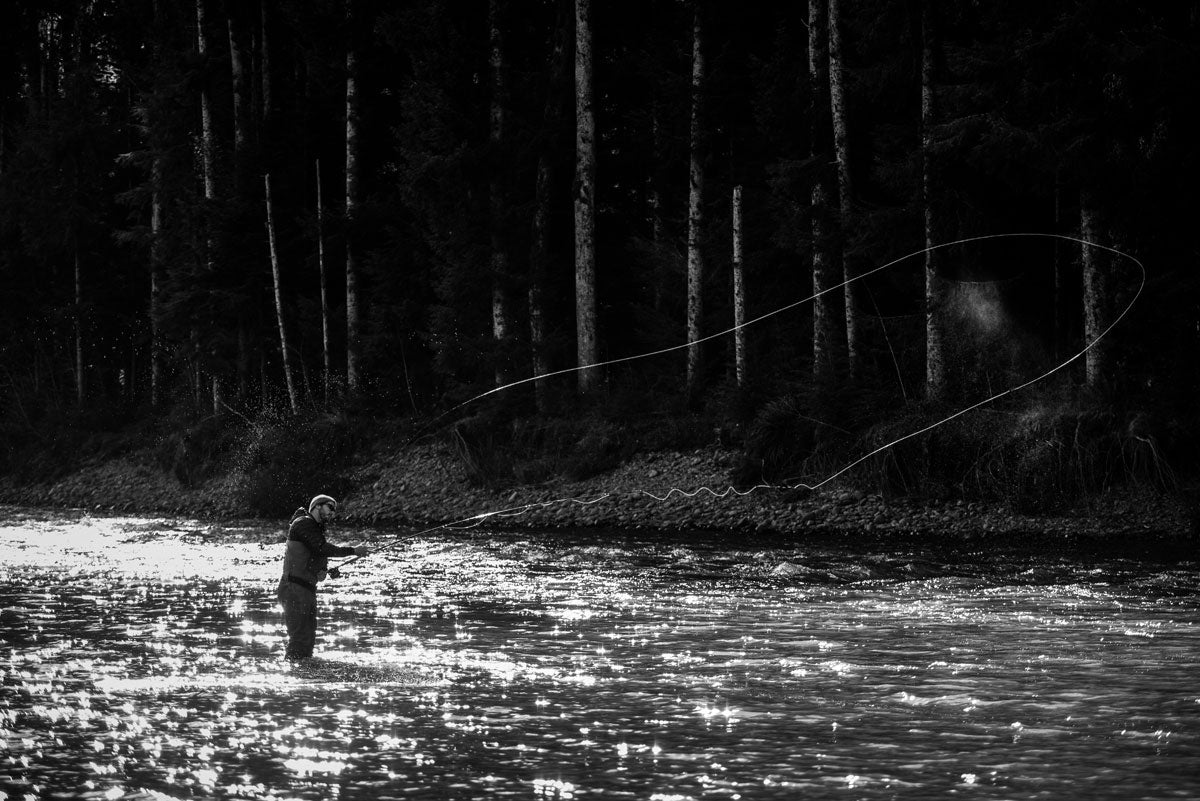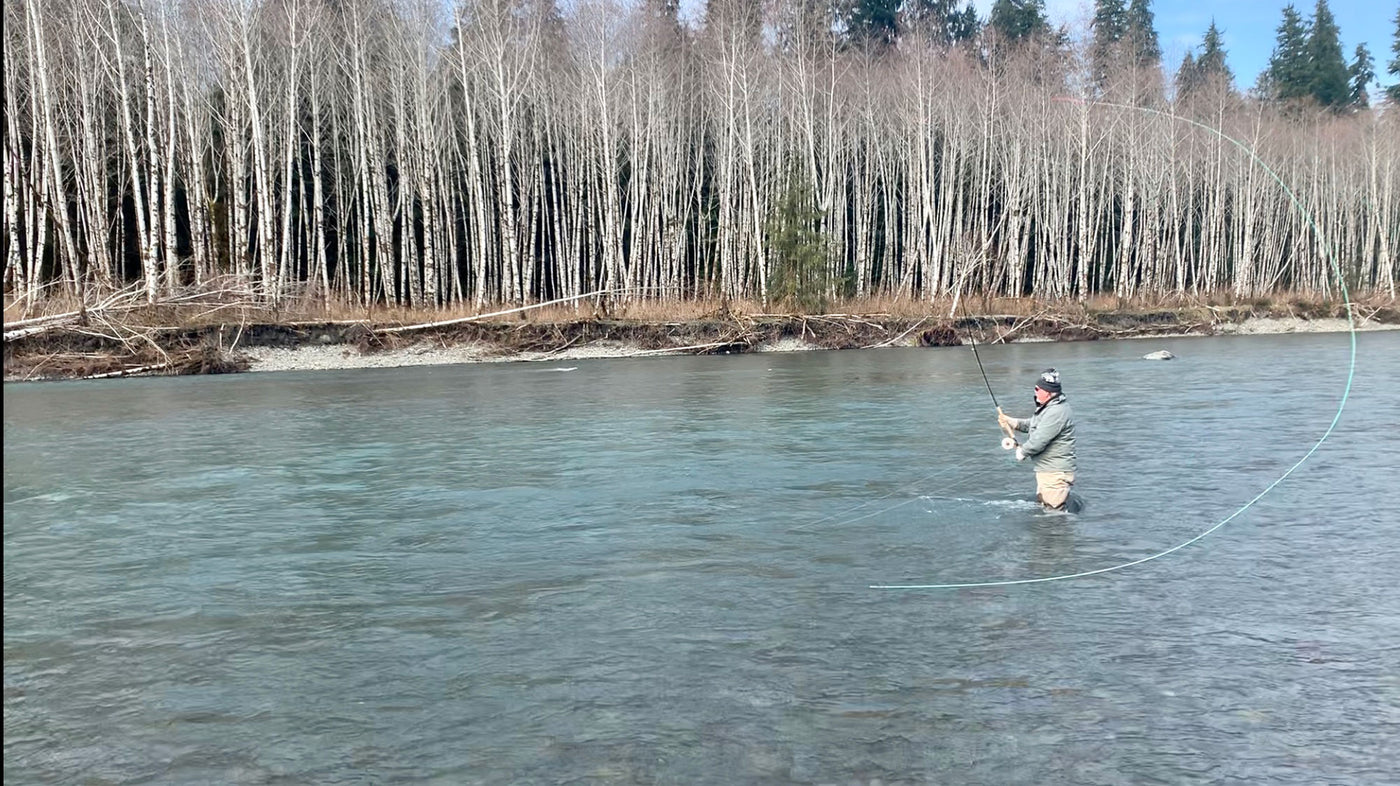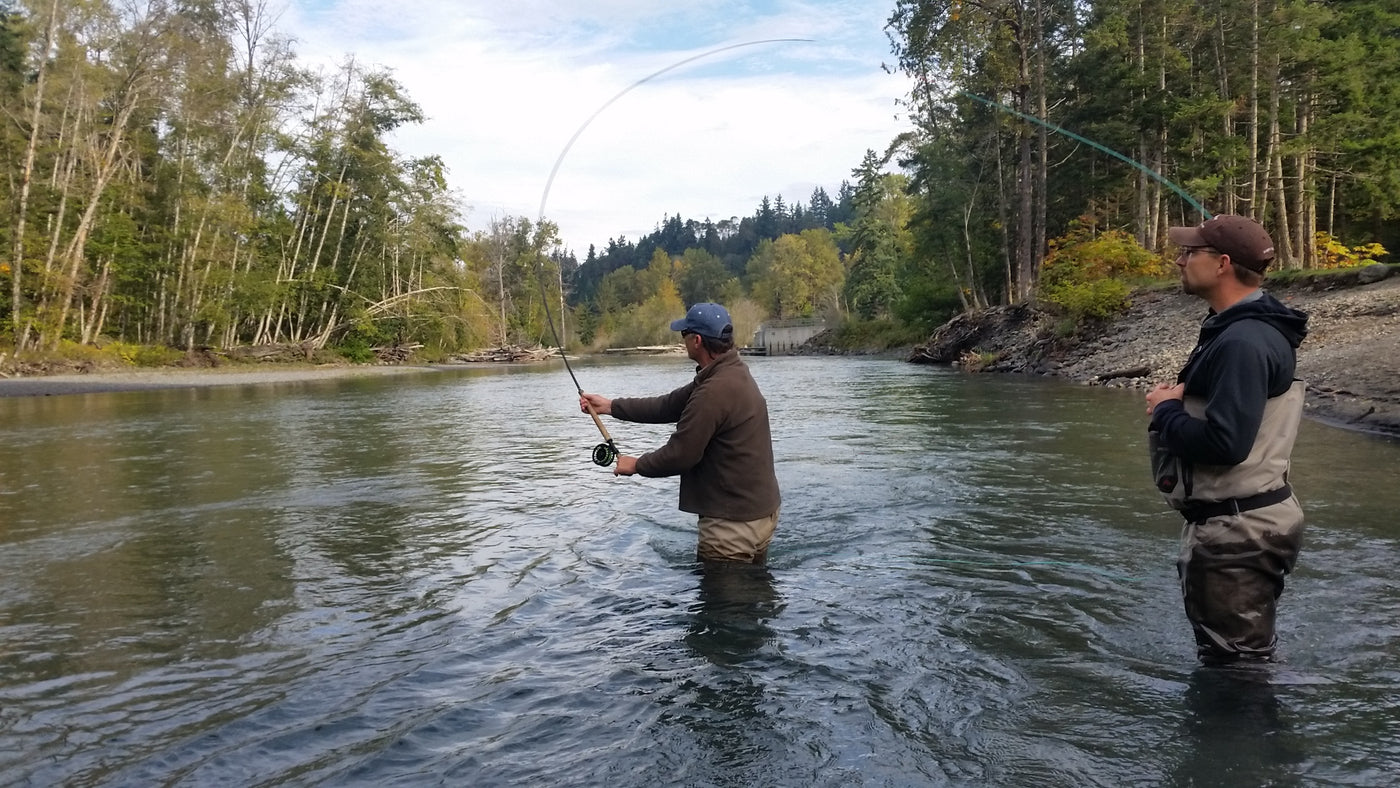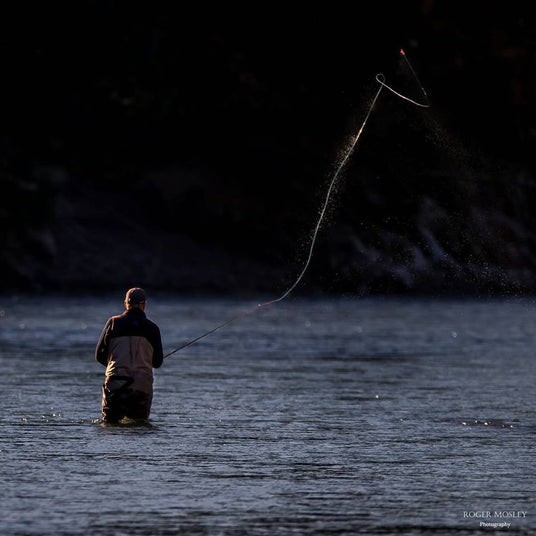
What is Spey anyway?
Spey is a specialized form of fly casting. A Spey cast is any waterborne cast performed with either a two handed rod, and these days, even single handed rods.
The Spey cast can be performed with virtually any line/rod combo, but specifically designed Spey lines will perform much better.
Where in a conventional, or overhead fly cast the rod is loaded by the weight of the fly line fully extending between forward and back casts; Spey casting removes the need for back cast room by using an "anchor" which is the point where the front of your line makes contact with the water. This anchor allows you to form a D-Loop just like in a roll cast, but with much more horsepower.
Basically a spey cast is a roll cast on steroids, but the motions used to set the anchor, and to initiate load in the rod are very unique to Spey casting.
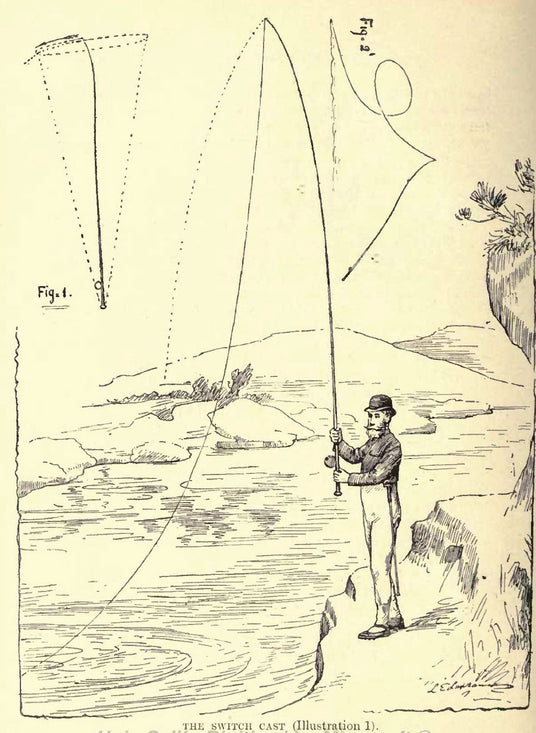
Why is it called Spey?
The name "spey cast" comes from the river Spey in Scotland, where this style of casting was popularized due to the river's large width and difficult river bed footing. Anglers were mostly unable to wade out into the river, so the ability to make a long cast with minimal space for a back cast was crucial to their success.
When Spey Casting was developed in the 1800s it was a skill taught as a traditional sport exclusively for gentlemen and the privileged.
Good news is today it doesn’t matter where you come from or your social status. You can be living in a van as a steelhead bum and be on water with a quality spey outfit for less than $600.
More about Spey
Spey Rods
Spey Rods
Spey rods have come a reeaally long way even since the last decade. These days spey rods are more like high power precision sniper rifles. These rods are designed in lengths of 10ft to 15 ft. This long length gives the caster leverage so you can make further casts, handle longer fly lines with minimal effort. The added length gives you better line control over the water, like mending and line control during the swing.
The longer the rod, the easier it is to make longer casts. As a rule of thumb, you gain about 15 feet of cast for every foot of rod. So if you're casting 70 feet with a 12' rod, a 13' rod will get 85 feet with about the same effort.
Spey Rod:12.5 ft – 15ft (in the past rods have been in excess of 18ft, which is not very practical for most rivers, and not necessary given the advances in rod and line technology nowadays)
- We use spey rods 6wt to 10wt @ 11 to 14 feet for all sizes of salmon and steelhead.
Switch Rod: 10ft – 12ft. They originally called them switch rods under the premise that you can "switch" between single hand casting and two handed casting. A switch rod is really just a baby spey rod. Great for fishing in tight quarters with lots of overhanging trees(like we have here), and they also much lighter so your arms don't get as tired as they would with a 14 foot rod.
Trout Spey: 1WT - 5WT rods, 10 - 13ft. In recent years most rod companies have started releasing more and more "Trout Spey" rods which are just Spey rods in lighter line weights which is AWESOME.
These rods allow you to fish all kinds of new water that would be much more challenging with a single hand rod. They're great for much more than just trout too. Beating up on smallmouth bass with a 3wt Trout Spey, a skagit head, and a sculpzilla is some of the most fun you can have with pants on.
Types of Spey Lines
Types of Spey Lines
Where can you use Spey?
Where can you use Spey?
While Spey casting is best suited to the flowing water of rivers and streams. You can apply these techniques to pretty much any fly fishing situation. We know folks that Spey fish lakes, and even the ocean.
Some people enjoy the casting so much that they'll do it in barren concrete ponds!
from
coast for Cutthroat trout,
bass in rivers and lakes,
trout fishing (streamers and yes even dry flies!)
These days we have short compact spey lines for single handed rods. Check out The OPST Commando Smooth.
You can now fish a shooting head Spey line on your single hand rod from a 3wt on up to 12wt. These compact spey lines are very fun to fish and effective on any river.
